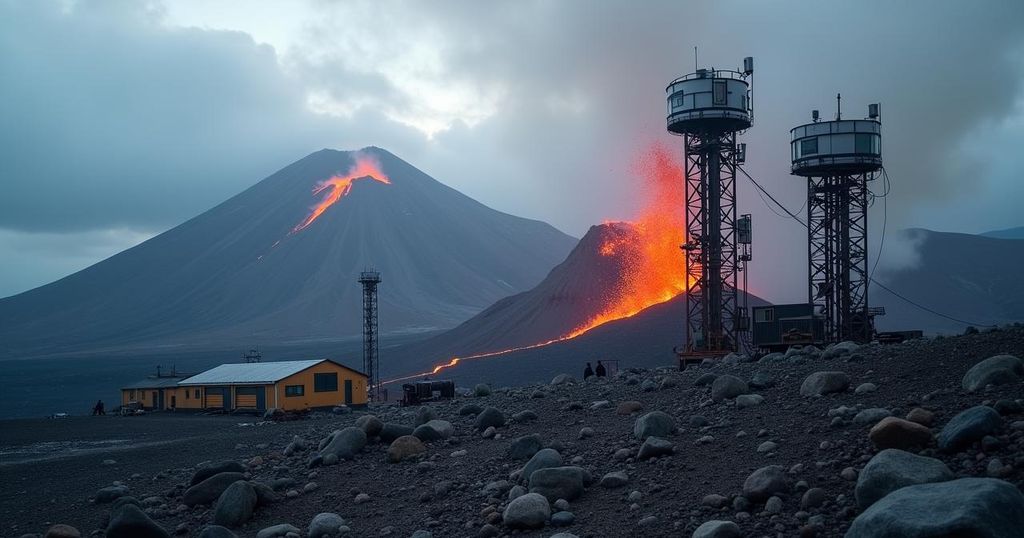Increased Seismic Activity at Mount Adams: Scientific Response and Community Safety Measures

Scientists have reported an unusual increase in earthquake activity at Mount Adams, Washington, with six earthquakes recorded in September 2024 alone. To enhance monitoring, they will install three temporary seismic stations in the area. The USGS indicates no immediate concerns but will continue to assess the situation for potential risks to local communities.
Scientists have recently expressed concern regarding a significant upsurge in seismic activity at Mount Adams, located in central Washington. Historically, this volcano experiences an earthquake roughly every two to three years; however, six earthquakes were recorded just in September 2024, marking the highest monthly total since monitoring commenced in 1982. Currently, there exists only one permanent seismic monitor in the vicinity. To enhance monitoring capabilities in light of this unusual activity, scientists have opted to install three additional temporary stations in the Mount Adams region. Photographed from an Alaska Airlines flight at 30,000 feet on September 21, 2021, Mount Adams is recognized as an active stratovolcano, situated about 50 miles southwest of Yakima and 30 miles north of the White Salmon-Hood River area. Despite the increased earthquake frequency, the United States Geological Survey Cascades Volcano Observatory has indicated there is no immediate cause for alarm. Measurements from the newly deployed instruments will be instrumental in determining whether further actions by the USGS and the Pacific Northwest Seismic Network are warranted. As per the USGS, Mount Adams is classified as a “high-threat” volcano, with threat levels assessed based on historical eruption frequency, type, and the potential risks to local populations and infrastructure. The primary hazard for residents near Mount Adams stems from lahars, which are fast-moving flows of volcanic debris, including mud and ice, that can occur during both eruptive and noneruptive periods. U.S. Geological Survey representatives noted that significant lahars occurred approximately 6,000 and 300 years ago, traveling great distances down the slopes of the volcano. Smaller landslide-induced avalanches were also recorded in the years 1921 and 1987, though their reach was limited. Historically, explosive eruptions at Mount Adams are rare, with the last recorded eruption occurring between 3,800 and 7,600 years ago. Mount Adams is distinguished as Washington state’s largest active volcano in terms of size and volume.
Mount Adams, one of the prominent stratovolcanoes in the Cascade Range of Washington State, has garnered attention due to its recent seismic unrest. Known for its geological activity, Mount Adams usually has minimal earthquake occurrences, with a typical interval of two to three years. However, the distinct increase in seismic events has prompted scientific investigation into the underlying causes and potential implications. The deployment of additional monitoring stations is a proactive measure aimed at enhancing understanding and preparedness for any volcanic activity that may pose a threat to nearby communities. As a high-threat volcano, it is essential to assess both the historical patterns of eruptions and current seismic indicators to ensure the safety of local residents.
In summary, the heightened seismic activity at Mount Adams has led scientists to implement temporary monitoring stations to accurately assess the situation. While there has been a notable spike in seismic events, current assessments suggest no immediate cause for concern. The geological profile of Mount Adams indicates that residents may be most at risk from potential lahars rather than explosive eruptions. Continued monitoring and investigation will be crucial in maintaining public safety and preparedness in the face of volcanic activity.
Original Source: www.fox13seattle.com





